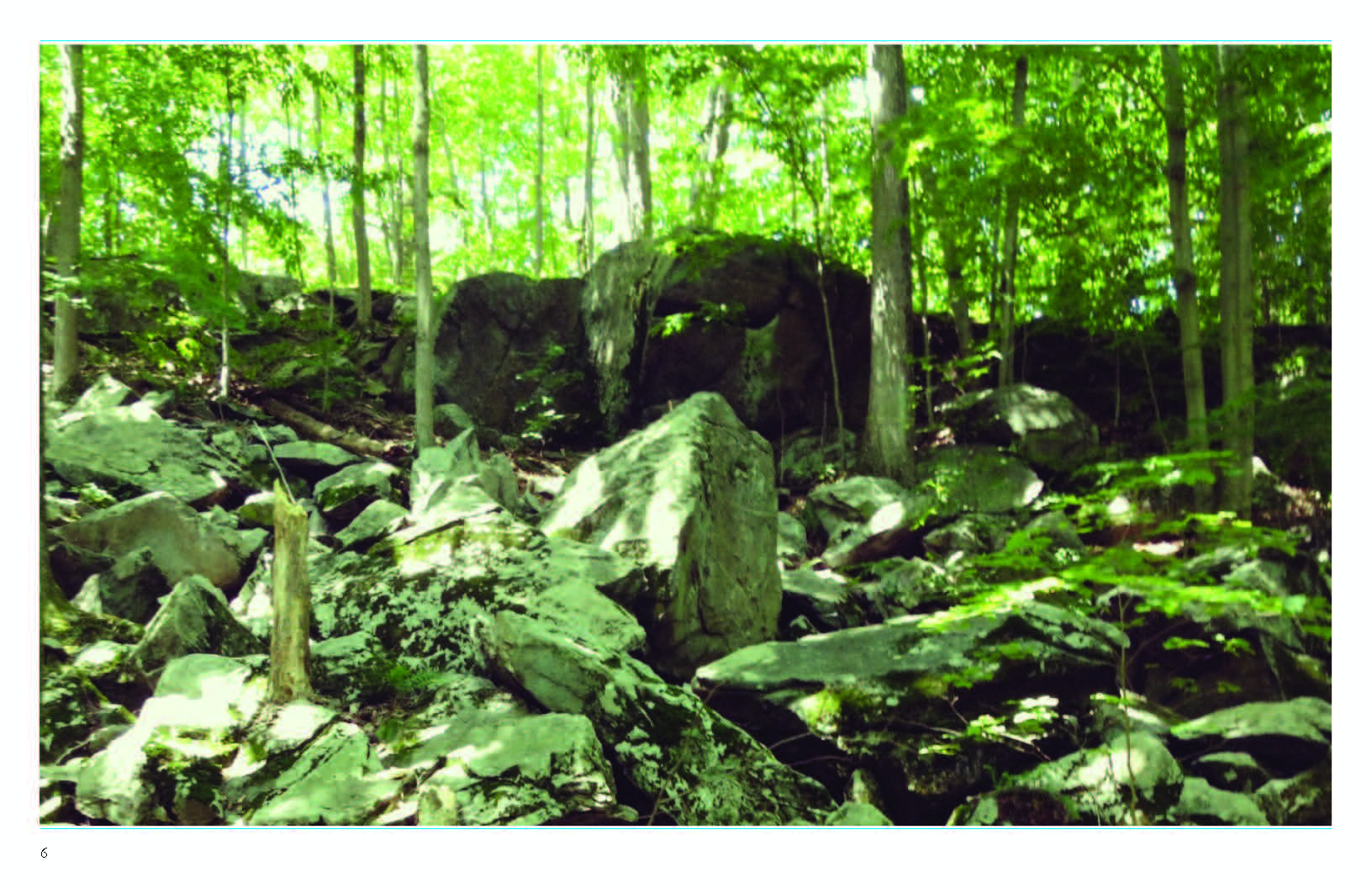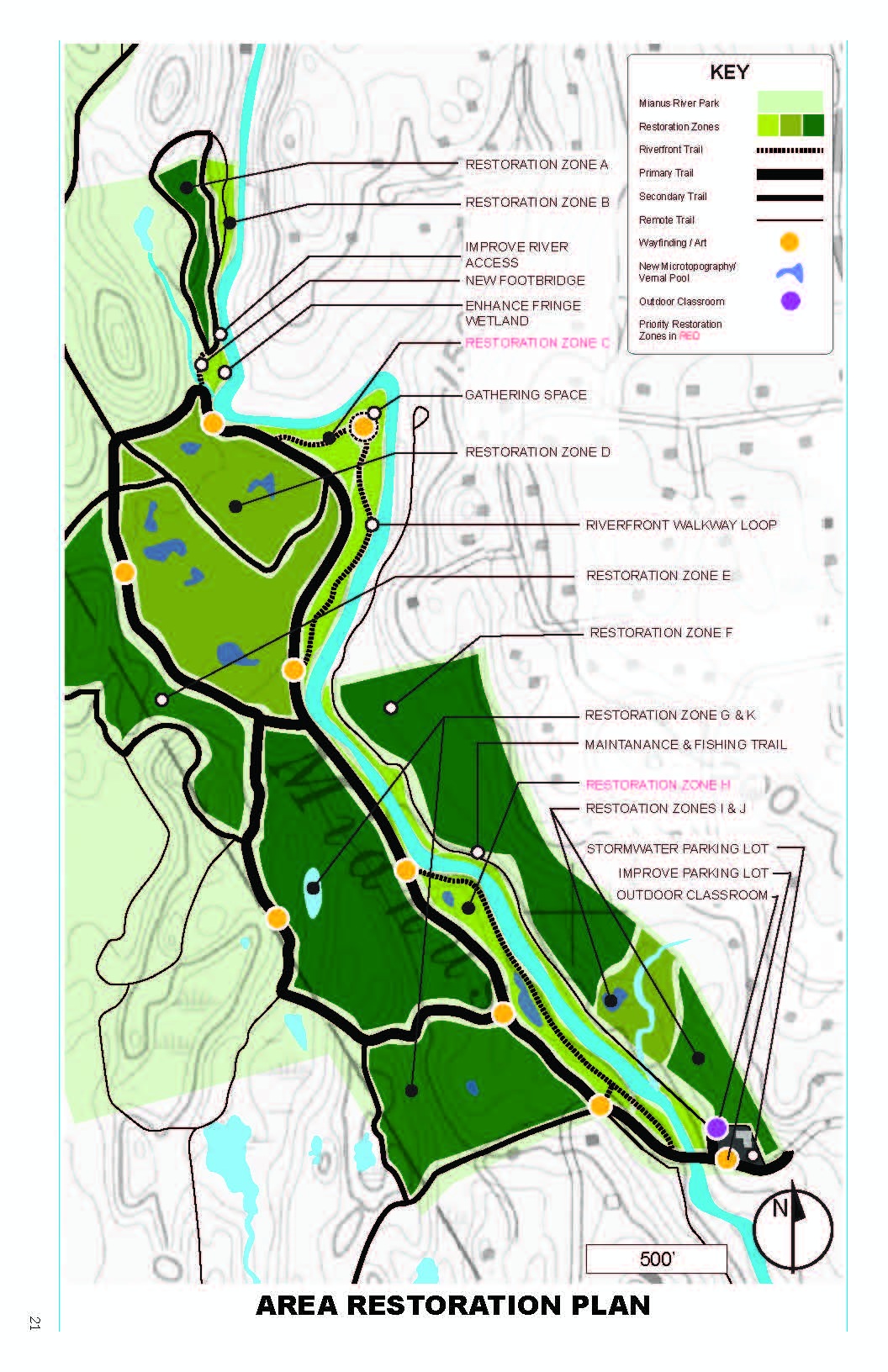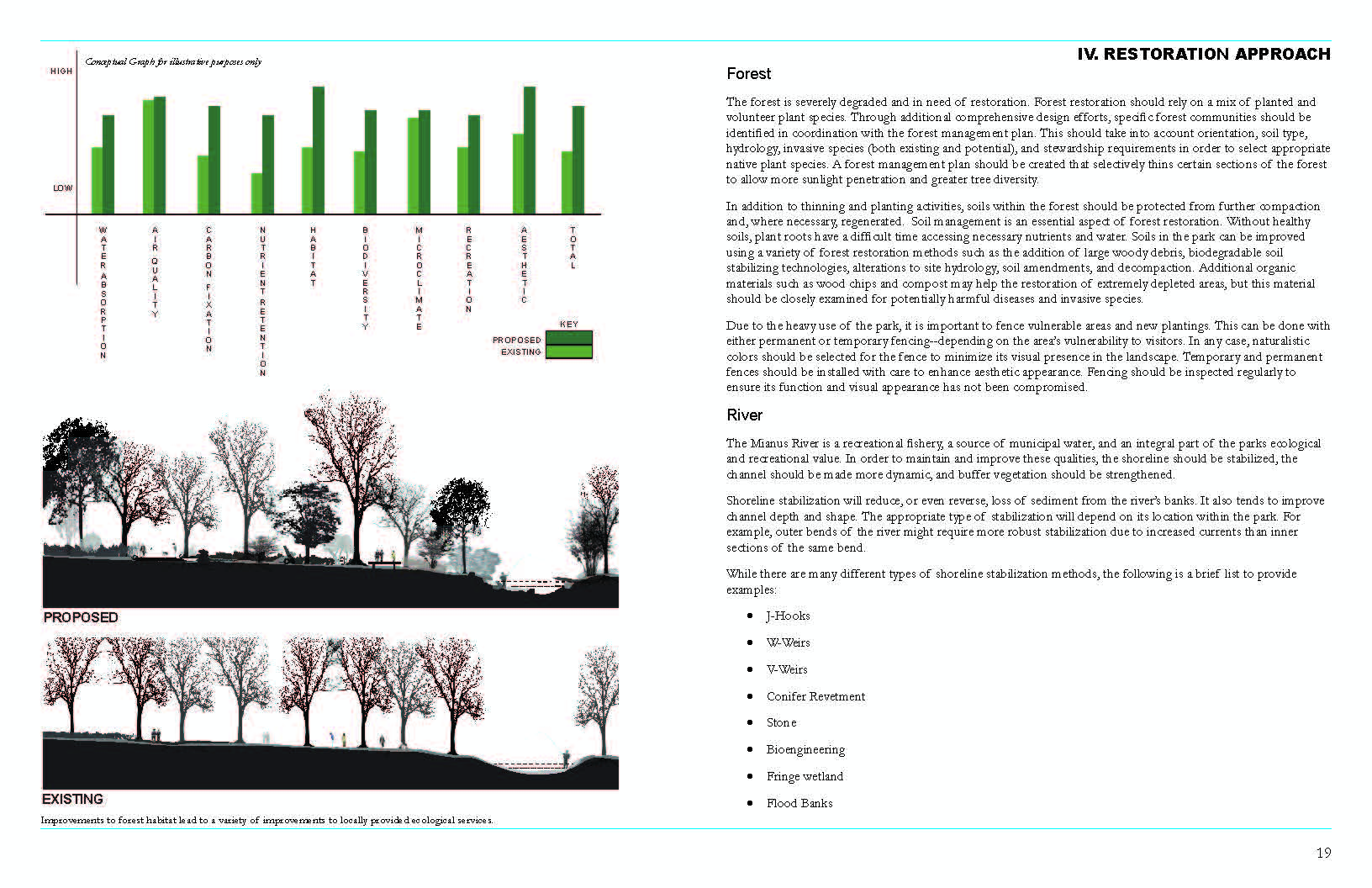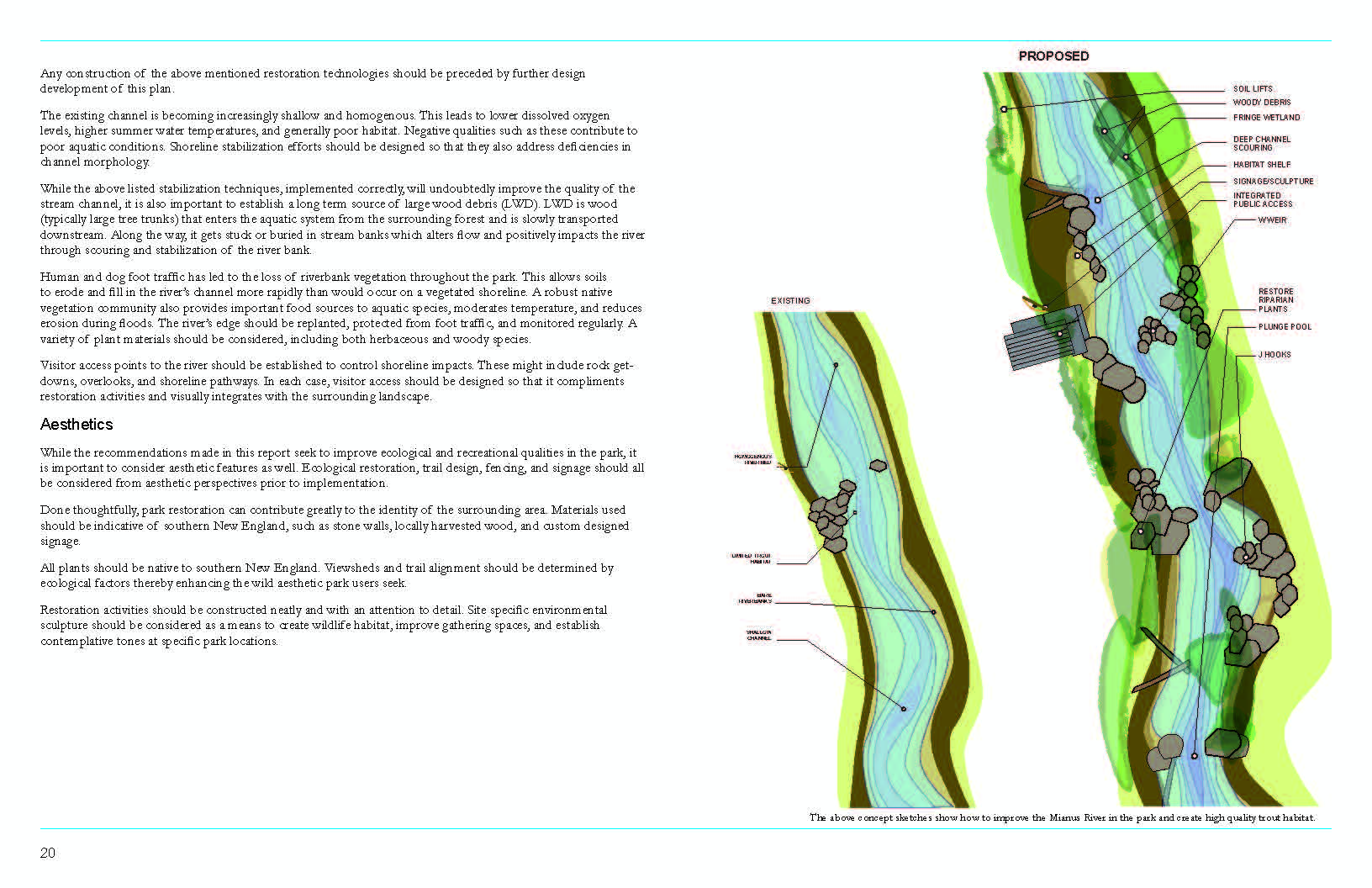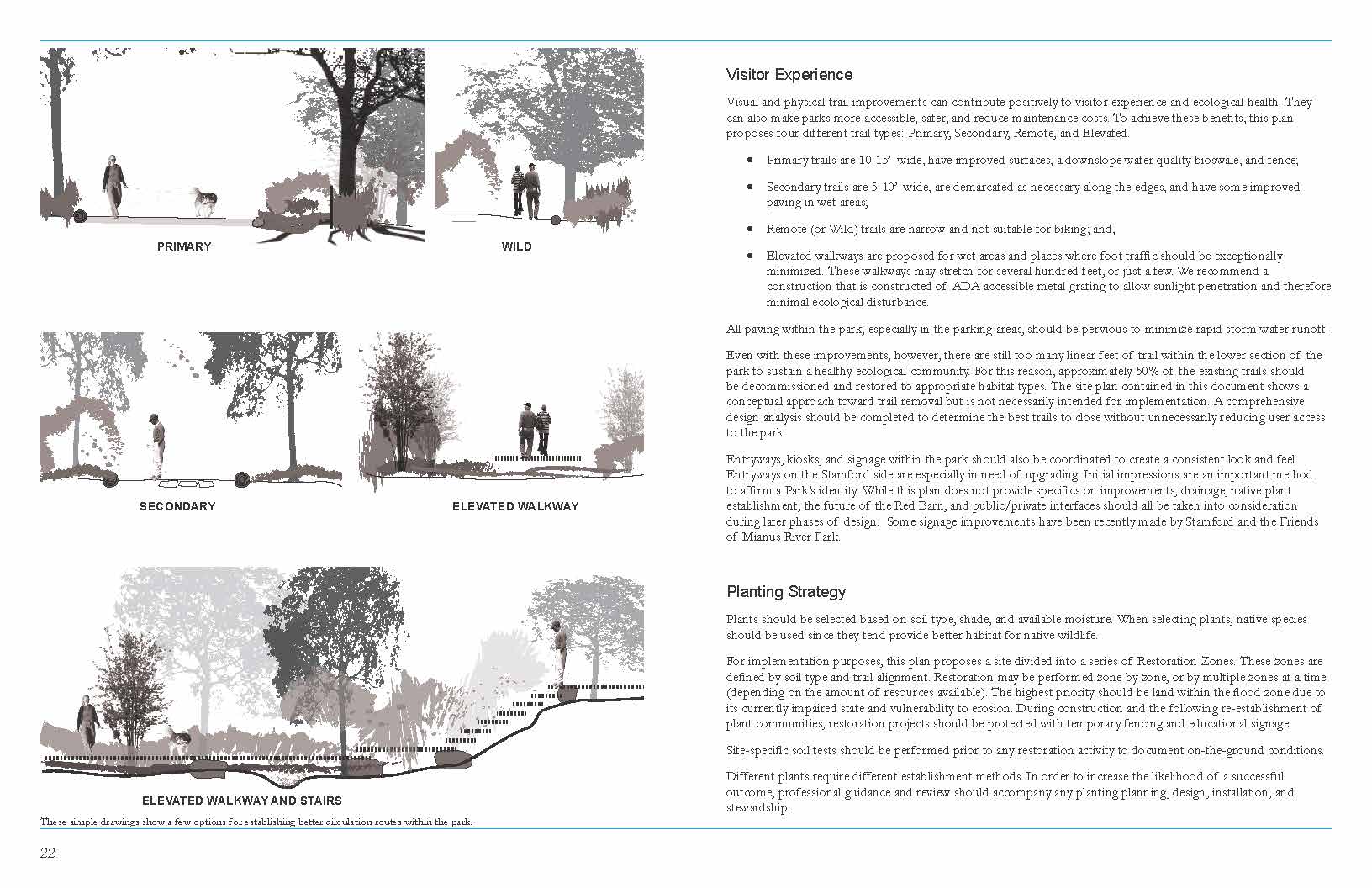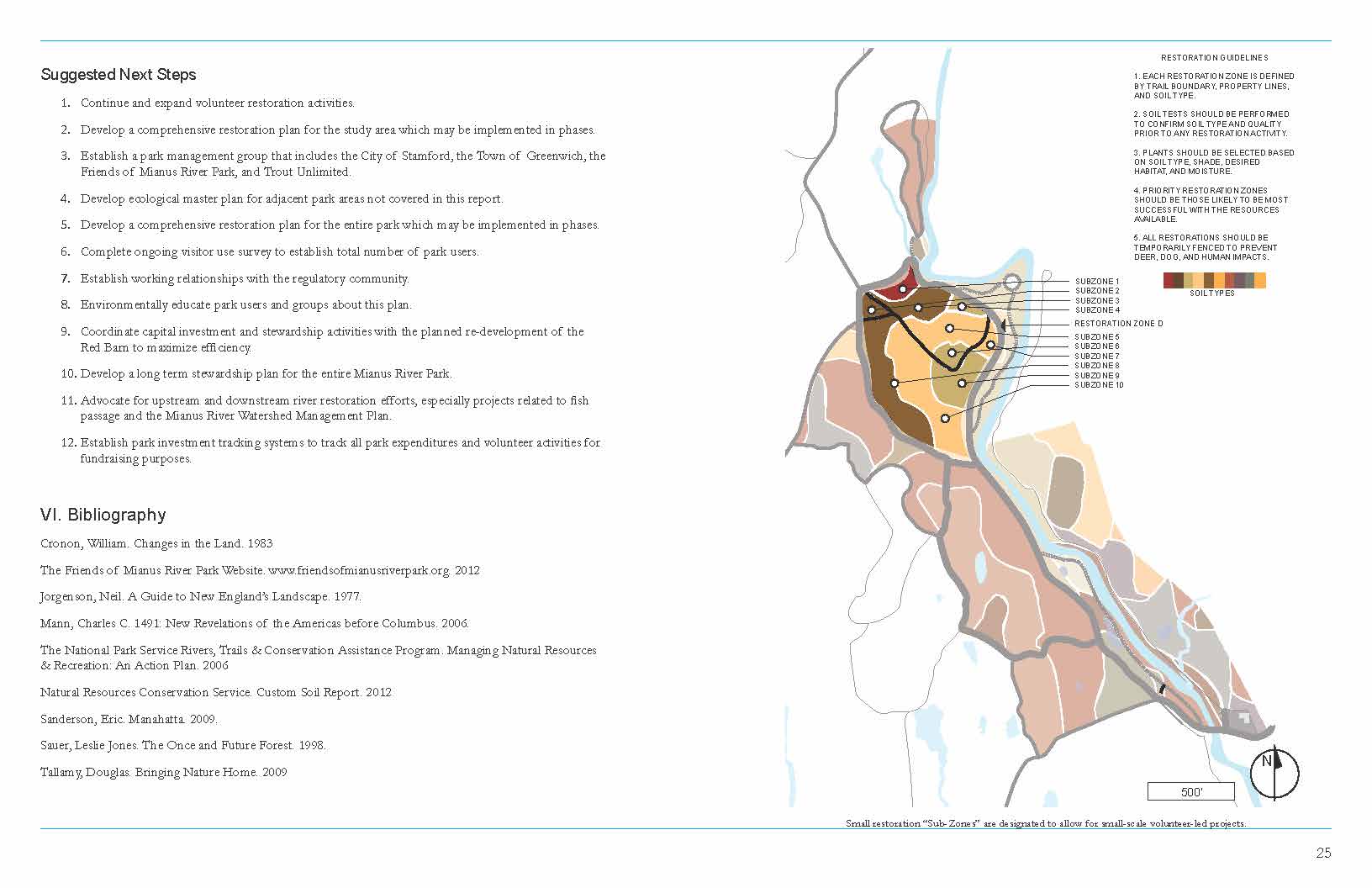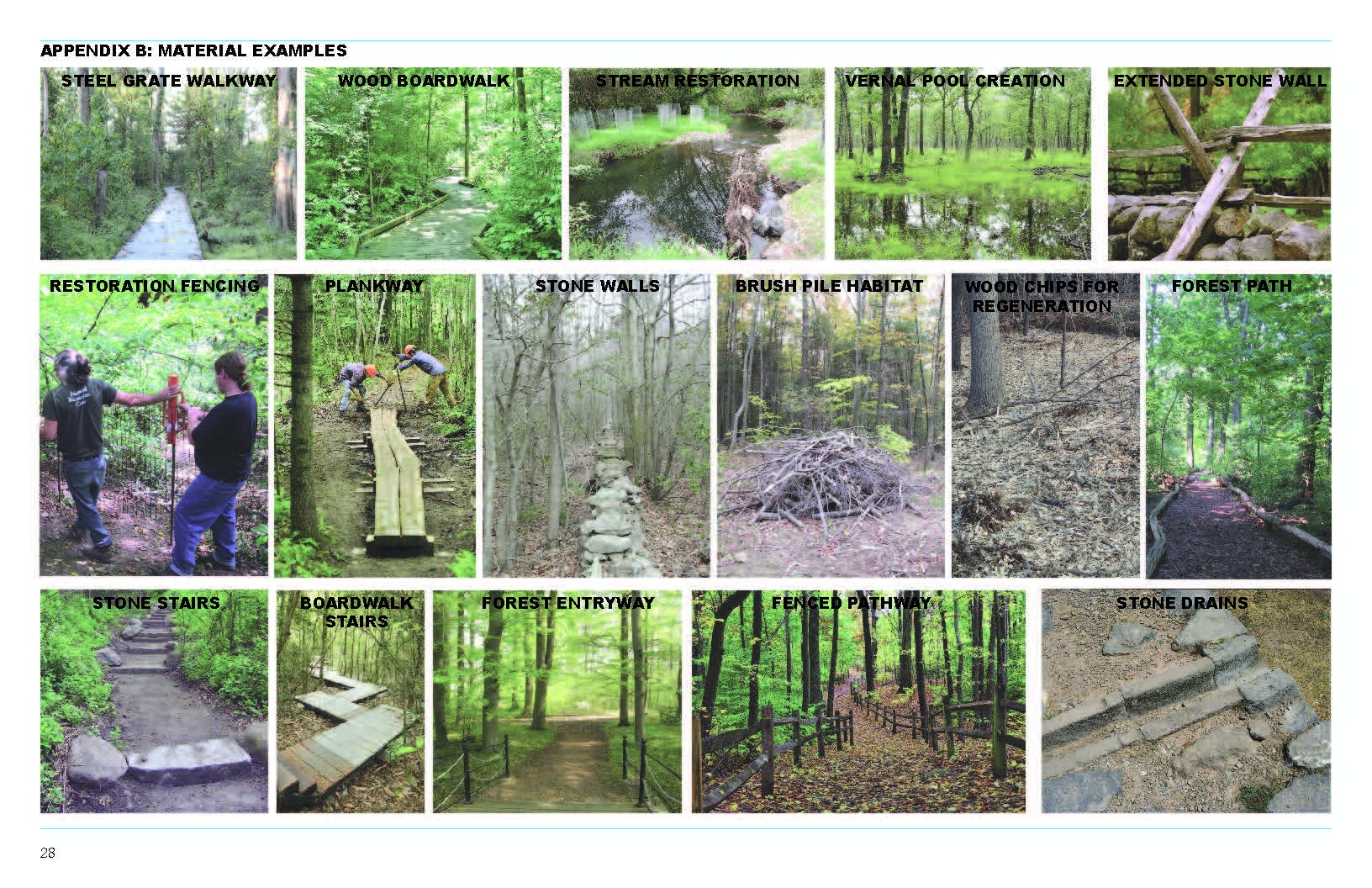The model making process drives our site analysis on our many projects. In our studio, we combine drone photography, geospatial mapping, field collected data, and topographic surveys to quickly create scaled plans of existing conditions. This process is greatly influenced by the work of the late Scottish designer Ian McHarg, who wrote the highly influential book “Design With Nature”. McHarg and his team of assistants famously would work on large mylar sheets to create scaled maps of soils, habitats, topographic relief, and other environmental features. These semi-transparent sheets would then be layered to create a combined map of a landscape.
Read MoreThe newly completed woodland trail and fishing access point are the latest installation in a five year project at Mianus River Park, CT. Following recommendations from the Mianus River Park Ecological Master Plan which we developed in 2013, our team set out to design a better entrance to the park that would enhance the user experience while protecting the local environment. In the past, high visitation rates and excessive foot traffic have caused ongoing shoreline erosion, sedimentation of the riverbanks, and loss of understory vegetation.
Read MoreIn Stamford, Connecticut, community members and local environmental stakeholders expressed concerns over the degradation and pollution of Cummings Pond, which has been altered over recent decades by urban development and sediment deposition. In response, our team has provided research-driven consultation and ecologically-principled recommendations that take into account the larger context of the pond.
Read MoreOne Nature was hired to develop an Agroecological Master Plan for the Bee Farm, a beautiful 160-acre property of pasture and woodland in New York’s upper Hudson River Valley. This master plan proposed an ecologically sound maintenance program for existing field habitats: a strategy for managing forest areas, recommendations for the maintenance and definition of pathways, and the best locations for future building projects.
Read MoreFarmscapes are inherently complex ecological systems. Unfortunately, the 20th Century saw the decline of biotic integrity of cultivated lands due to increased monoculture plantings, chemical use, and short term thinking. Developing a solid farm master plan based in 21st Century scientific knowledge is a good first step towards returning land to a healthy state.
Read MoreThe goal of the Ash Creek Estuary ecological planning effort is to establish a framework for the systematic development of a comprehensive restoration plan for the enhancement, restoration, use, and management of the Ash Creek estuary.
Read More




